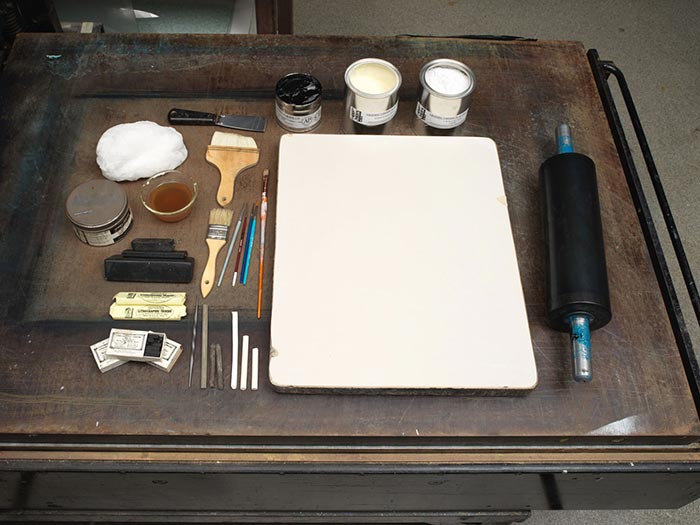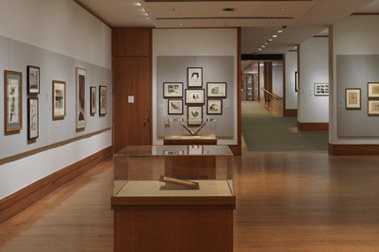Oriental Landscape
Publisher Currier & Ives American
Not on view
The scenery and cultures of the Orient—including present-day Turkey, Greece, the Middle East, and North Africa—have long fascinated Westerners, including nineteenth century Americans. In this imaginary landscape scene featuring the columns of a ruined classical temple at the right of the image, a central grouping includes three men (two wearing "Zouave" clothing) and two camels (one of them standing), while nearby, another man rests near a trough where there are two saddled horses. Often, such prints of such distant places, which would be exotic to the American public, were a composite of various pictures the artists had seen, rather than prompted by actual travels to the Mediterranean countries.
Nathaniel Currier, who established a successful New York-based lithography firm in 1835, produced thousands of hand-colored prints in various sizes that together create a vivid panorama of mid-to-late nineteenth century American life and its history, in addition to imagined vistas of far away lands. As the firm expanded, Nathaniel included his younger brother Charles in the business. In 1857, James Merritt Ives (the firm's accountant since 1852 and Charles's brother-in-law) was made a business partner; the firm was subsequently renamed Currier & Ives. People eagerly acquired their firm's lithographs, such as those featuring picturesque scenery, rural and city views, ships, railroads, portraits, hunting and fishing scenes, domestic life and numerous other subjects, as an inexpensive way to decorate their homes or business establishments.

